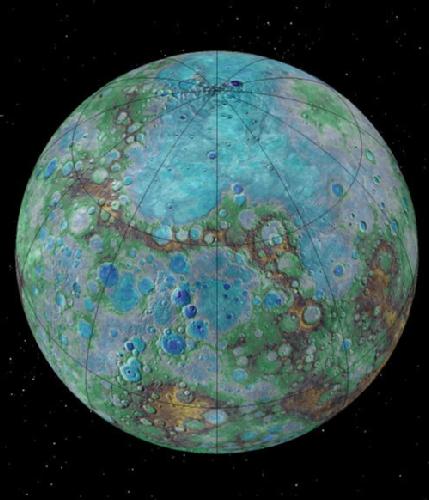
Surface of Mercury – credit: NASA/JHUAPL/Carnegie Institution of Washington/USGS/Arizona State University
A hot, metallic, Earth-sized planet with a density similar to Mercury – situated 339 million light years away – has been detected and characterised by a global team of astronomers, including the University of Warwick. Named K2-229b, the planet is almost 20% larger than Earth but has a mass which is over 2.5X greater – and reaches a dayside temperature of over 2000°C (2330 Kelvin). It finds itself very close to its host star (0.012 AU, around a hundredth of the distance between the Earth and the Sun), which itself is a medium-sized active K dwarf in the Virgo Constellation. K2-229b orbits this star every fourteen hours.
Using the K2 telescope, Dr Armstrong and colleagues employed the D...
Read More





Recent Comments